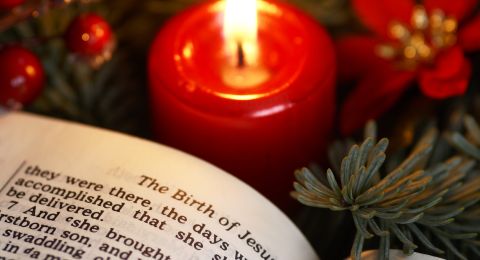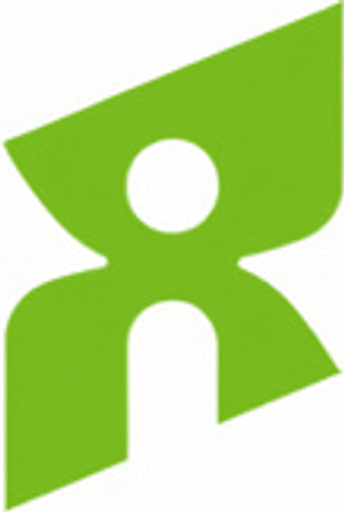
The Easter Bunny's Hidden History: Untangling Holiday Symbols From Ancient Pagan Roots
Easter's pagan origins trace back to pre-Christian Anglo-Saxon traditions, where the goddess Eastre was worshipped as a symbol of fertility and springtime. The rabbit, as her earthly symbol, became intertwined with these celebrations.
While many associate Easter with bunnies, eggs, and candy, these symbols have no connection to the biblical account of Jesus Christ's death and resurrection. The New Testament Church actually observed Passover and the Feast of Unleavened Bread rather than Easter.

Warning sign: beware of bunny
Biblical guidance specifically warns against adopting religious practices from other cultures:
"Take heed to yourself that you are not ensnared to follow them... You shall not worship the LORD your God in that way" (Deuteronomy 12:30-32)
The Apostle Paul instructed the Corinthian church, primarily composed of Gentiles, to observe the biblical holy days: "Christ, our Passover, was sacrificed for us. Therefore let us keep the feast" (1 Corinthians 5:7-8).

Bible, candle and Christmas decor

Easter eggs in woven basket

Matzah bread beside Passover wine glass
The traditional Good Friday to Easter Sunday timeline also contradicts Jesus's prophecy of being in the grave for three days and three nights (Matthew 12:39-40), suggesting a need to reexamine these commonly accepted practices.
Related Articles
Peter's Denial: From Betrayal to Redemption in Jesus' Final Hours

